

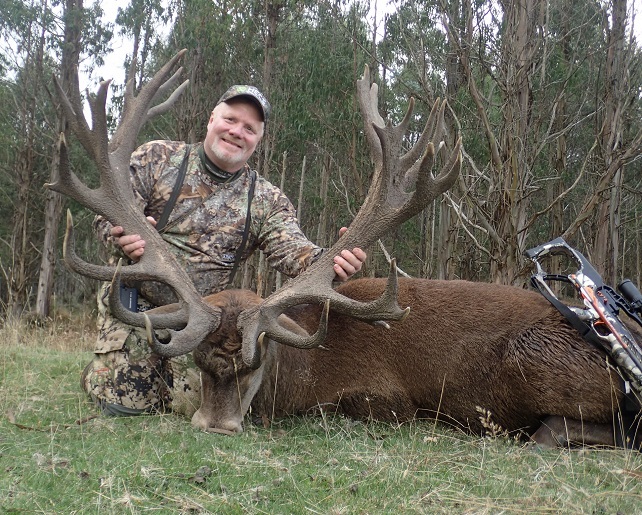
Hunting Experiences
06 January 2020
Hunting terrain can make or break a hunt. Hunting correspondent, Greg Morton shares his thoughts on the terrain at Poronui.
The perfect quarry/hunter balance is a landscape that allows game species space to flourish, while allowing hunters to approach within ethical shooting range with rifle or bow unseen. When constructing its game estate a couple of decades ago Poronui got this delicate mix perfectly right by fencing a 3,000 acre area that ticked all the hunting boxes because it was a quality free-range sika area long before it became a multi-species estate. Deer always loved living there and hunters then and now love stalking deer there.
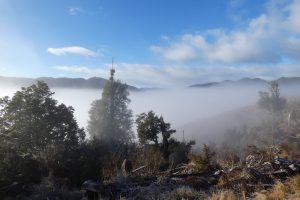
Poronui is ideally placed as a hunting destination. It backs on to the densely bushed Kaimanawa Range, (home of the wild sika), and sits on the banks of two renowned rivers, the Taharua and the Mohaka. Because the central plateau Kaimanawa Ranges sit in a rain shadow area the area is sheltered from prevailing winds and is drier and sunnier than many other hunting regions.
The terrain clients stalk across either inside the estate or free-range is best described as ideal deer country, plenty of food and cover, and plenty of room for animals to live in family groups. The terrain influences every hunting strategy that is employed. Whether stalking slowly, or spotting and stalking or watching patiently, or planning an ambush, clients are able to use the landscape to get ‘close enough’ to take ethical shots. Over a day hunters may traverse bush, scrub, grassland, exotic forest and wetland in search of a trophy. Excellent foot and vehicle tracks help this occur. Hunters hunt four species of deer, plus wild sheep and wild goats within the game estate or stalk free-range sika across the rest of the property. Over a third of the property is covered by indigenous beech forest, and these forests also make up the boundaries to the west and east.
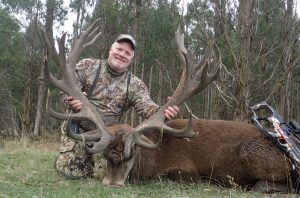
The bush fringes that spill on to Poronui pasture land are hotspots for hunters seeking a free-range sika trophy, as is Poronui Hill where deer filter out of the forest in winter. In recent times the removal of stands of mature pine and eucalyptus trees has opened up more bush fringe areas. Such areas are being replaced with native manuka and open grassland.
Within the estate there is evidence of historical burning off, best reflected in the huge beech logs that remain half hidden in the ferns. These logs today have melted into the soil but still provide excellent cover and shooting rests for the hunter. The topography of the land is rolling, not steep, with numerous guts and gullies that game feed, mate and hide in. From a distance a hill face might look flat but it is in reality a mass of creases, furrows and wrinkles that hide animals. The quality of the hunting block is reflected in the manner each game species has marked out a part of the estate that is their prime territorial base. Rusa and goat like the sunny bush faces, red and fallow deer and arapawa sheep spread out widely mostly in the open but also in the trees, while sika hide out in the scrubby gullies and bush fringes. Stag gully belongs to sika in the rut.
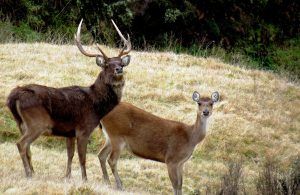
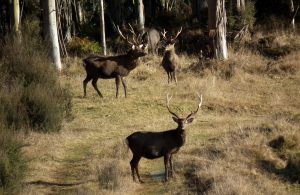
In my time as New Zealand hunting correspondent for The Hunting Report, Poronui was the best hunting estate I ever profiled because the terrain holds quality game evenly across its entirety from the moment the first gate shuts behind you until you leave the estate. That is a rare attribute. You are in hunting mode at Poronui from go to whoa, yet only twenty minutes from the Lodge at days end.
Greg Morton
Want to ask a question about Poronui, personalise your vacation with bespoke itinerary options or find out about available dates?
Simply fill in your name and contact email address with a short message and we will get back to you.